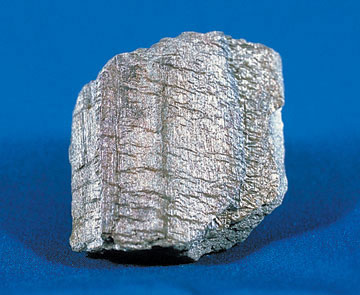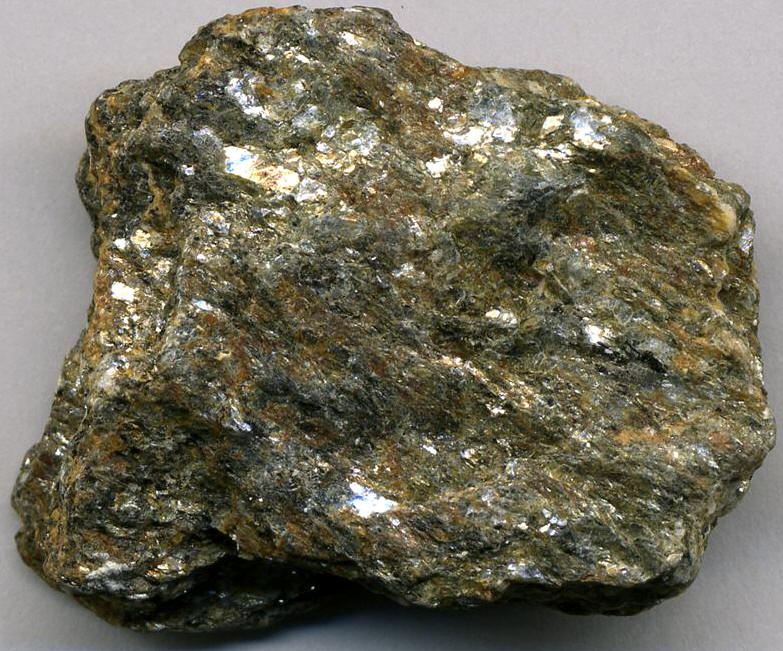Metamorphic Rocks EarthCache
-
Difficulty:
-

-
Terrain:
-

Size:  (other)
(other)
Please note Use of geocaching.com services is subject to the terms and conditions
in our disclaimer.
There is plenty of parking, just be careful due to the proximity to the road. There are all types of rock formations around this area. Just head down the Mountain to see other types of metamorphic rocks along the side of the road but watch out for traffic. The Blue Ridge Parkway runs near here and offers scenic views from atop mountain ridges.
Metamorphism means "changed form". Metamorphic rocks are important because they show us that rocks are changeable. The rock cycle describes how one type of rock can be converted into another. Metamorphic rocks are formed primarily by the action of heat and/or pressure on other types of rocks.
They may be formed simply by being deep beneath the Earth's surface, subjected to high temperatures and the great pressure of the rock layers above it. They can form from tectonic processes such as continental collisions, which cause horizontal pressure, friction and distortion. This can cause the formation of mountains so this may be how these rocks were formed here.
Metamorphic rocks, and the minerals found within them may have value. They include marble and soapstone for carving, slate for billiard tables and roofing, various types of building stone, crushed stone for road construction, asbestos for fire-retardant materials, talc for talcum powder, graphite for lubricants and pencil "leads", garnet for abrasives, and a number of types of semi-precious stones including garnet and tourmaline. Valuable mineral deposits can be found in metamorphic rocks, including gold, copper, iron, lead, and zinc. Anthracite, a type of coal is a metamorphic rock.
How do the rocks change?
Metamorphism causes changes in Texture and Mineralogy. The original sedimentary or igneous rock which is changed by metamorphism is referred to as the parent rock.
Texture The process of compaction and recrystallization change the texture of rocks during the metamorphis action.
The density of the rock increases.
Porosity reduces.
Example: clay turns to shale which turns to slate
There is growth of new crystals but no changes in overall chemistry. New crystals grow from the existing minerals. This is called foliation.
Foliation is a broad term referring to the alignment of sheet-like minerals (such as the micas, muscovite and biotite). Examples of foliated metamorphic rocks include Slate, Phyllite, Schist and Gneiss.
Below are three pictures of foliated metamorphic rocks.
Gneiss

Phyllite

Schist

To claim this cache email the following questions to me. Please don't post pictures of the actual earth cache as this can be a spoiler.
1. Using the pictures above, Which type of rock most closely matches the rock at the coordinates? Look at the shape and texture.
2. What colors do you see in this rock at the coordinates?
Do not post your answers in your log or your log could be deleted.
FTF goes to Sailor30 and j2nora
| I have earned GSA's highest level: |
 |
Information from Georgia Perimeter College.

Additional Hints
(Decrypt)
Sbe #1 ybbx ng gur syrpxf naq grkgher.